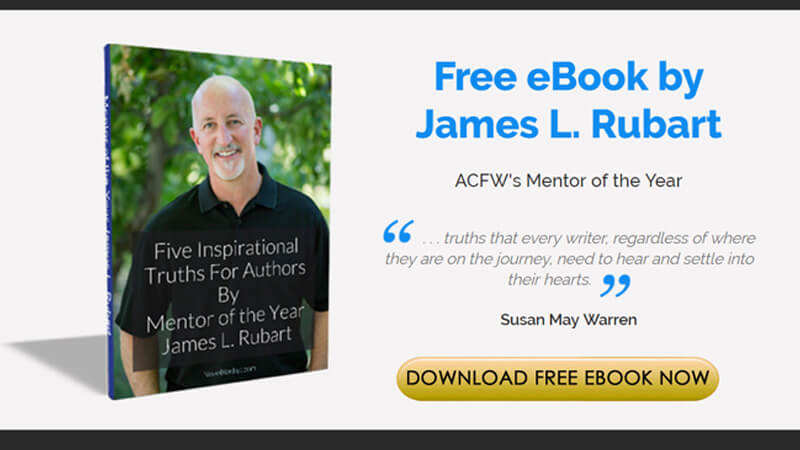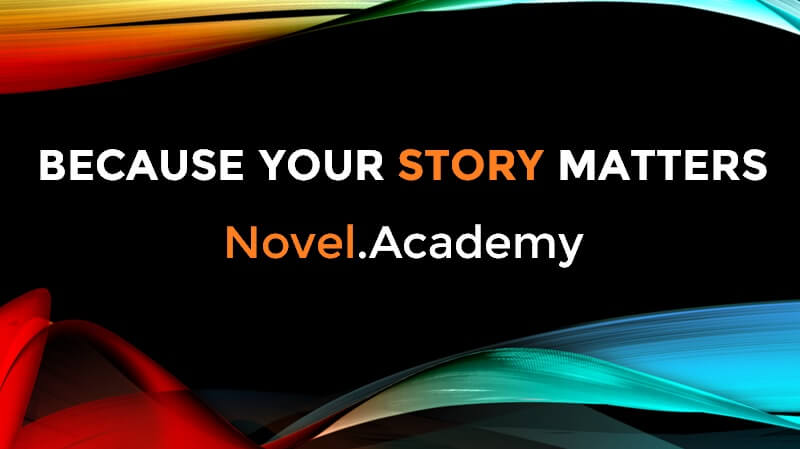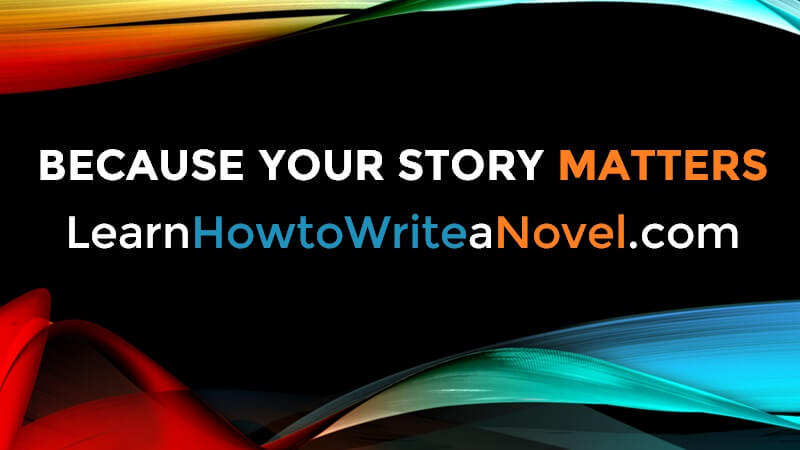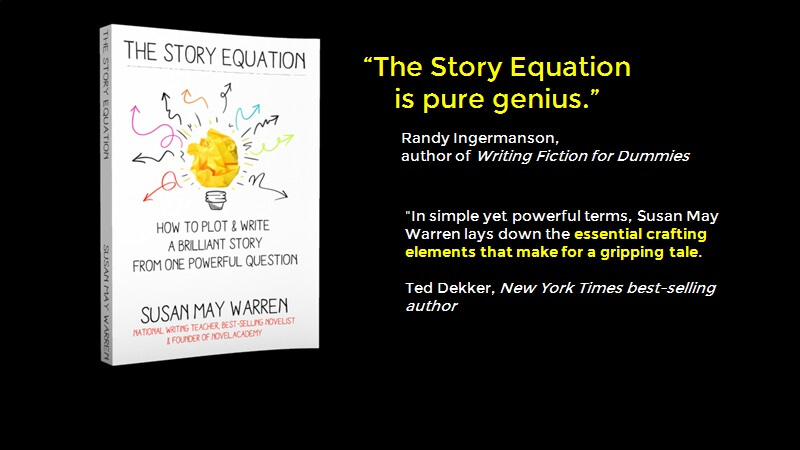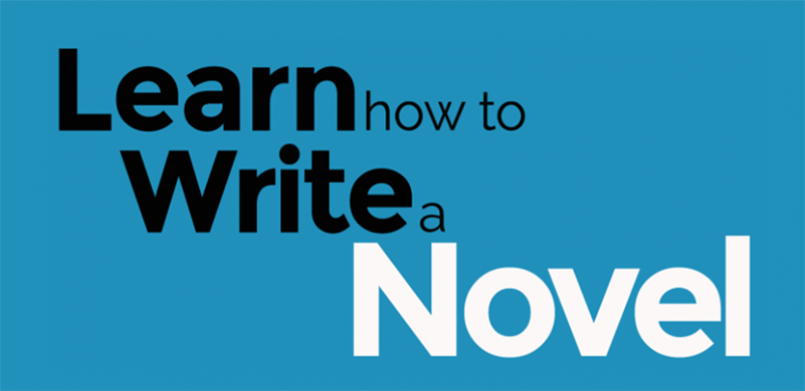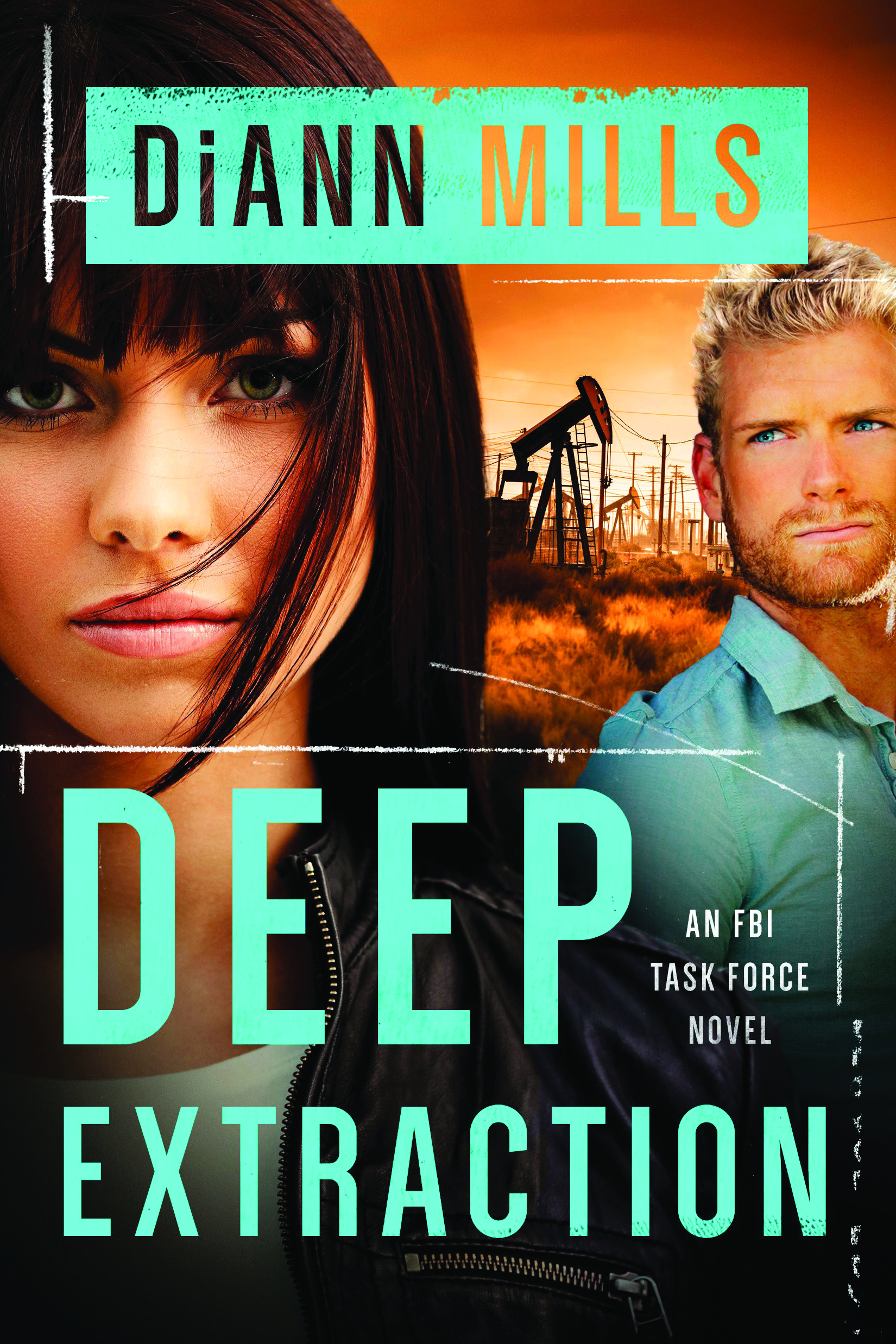By Rachel Hauck
“Ladies and gentleman, welcome to the first ever bout between Backstory and Character History.I’m Bill Masters and this is Sam Malone. Tonight’s bout promises to be a classic.”
“That’s right Bill. We have the champion of all novel prose, Backstory, facing off against the up-and-coming challenger, Character History.”
“It promises to be an interesting bout, Sam. Looks like it’s about to start.”
Ding, ding!
“Character History leaps into the fray, Sam. He’s bouncing, dancing, full of pip.”
“Meanwhile, Bill, Backstory lumbers to the center of the ring.Man is he huge. One blow from the champ and Character History will be down and out.”
“I’ll say he does. Looks like he’s smirking to me.”
“Well, he won’t give up his championship belt without a fight, Bill.”
“Character History bobs and weaves. He’s actually taunting Backstory.”
“That’s never smart. And, Oh! Sure enough, Character History takes one on the chin. His head snaps back and he’s wobbling. He’s against the ropes. This could be it, folks. Backstorycould take it all with a solid one-two punch.”
“Ladies and gentleman, welcome to the first ever bout between Backstory and Character History.I’m Bill Masters and this is Sam Malone. Tonight’s bout promises to be a classic.”
“That’s right Bill. We have the champion of all novel prose, Backstory, facing off against the up-and-coming challenger, Character History.”
“It promises to be an interesting bout, Sam. Looks like it’s about to start.”
Ding, ding!
“Character History leaps into the fray, Sam. He’s bouncing, dancing, full of pip.”
“Meanwhile, Bill, Backstory lumbers to the center of the ring.Man is he huge. One blow from the champ and Character History will be down and out.”
“I’ll say he does. Looks like he’s smirking to me.”
“Well, he won’t give up his championship belt without a fight, Bill.”
“Character History bobs and weaves. He’s actually taunting Backstory.”
“That’s never smart. And, Oh! Sure enough, Character History takes one on the chin. His head snaps back and he’s wobbling. He’s against the ropes. This could be it, folks. Backstorycould take it all with a solid one-two punch.”
“But Character History’s not down yet, Sam! He ducks a slamming swing from Backstory, cuts low and lands a hard shot to big man’s ribs. Now it’s Backstory who’s stumbling—his breathing heavy.”
“Character History presses. He jabs, sends a cross—oh, and an uppercut, Bill. Backstory’sagainst the ropes. It’s not looking good. He’s going down—and out.”
***
Backstory is old-fashioned writing. It’s large and cumbersome. It’s slow, slow, slow—and most of the time, unnecessary.
But writers use it and readers endure it because it gives us a glimpse into the heart and soul of a character.
Character History is hot, lean, and sleek. It’s fast—in and out—not weighing down the story.But what if an author needs the reader to know something critical about the character for the opening scenes to make sense?
The strength of character history
For example, say in your novel’s first scene your character Billy Bob is about to go on his first police call since returning to the force after being shot while responding to a bank robbery. He’s nervous. When he gets in the bank, he draws his gun too early and almost shoots his partner.
What the reader needs is a bit of history. A line or two of prose—or even better, dialogue.
If we stick to the “no backstory rule” we miss the importance of this moment. What the reader needs is a bit of history. A line or two of prose—or even better, dialogue—that gives the reader a hint of Billy Bob’s emotional state.
The scar on his shoulder from the bullet wound burned and twisted as Billy Bob entered the bank. It’d only been four weeks. Why had he returned to the job again?
By using character history, the reader learns there’s more to the story. It ups the reader’s attachment to Billy Bob and adds tension. What bullet in the shoulder? When? Who shot him? Why?
All of those questions can be left hanging for now and answered later. If the writer wanted, she could add dialogue with his partner.
“You okay?”
“I’m here aren’t I?”
“Just wondering.”
“You do your job, I’ll do mine.”
Why did his partner ask Billy Bob if he was okay? The reader wants to find out more so he turns the page.
The weaknesses of backstory
“Character History presses. He jabs, sends a cross—oh, and an uppercut, Bill. Backstory’sagainst the ropes. It’s not looking good. He’s going down—and out.”
***
Backstory is old-fashioned writing. It’s large and cumbersome. It’s slow, slow, slow—and most of the time, unnecessary.
But writers use it and readers endure it because it gives us a glimpse into the heart and soul of a character.
Character History is hot, lean, and sleek. It’s fast—in and out—not weighing down the story.But what if an author needs the reader to know something critical about the character for the opening scenes to make sense?
The strength of character history
For example, say in your novel’s first scene your character Billy Bob is about to go on his first police call since returning to the force after being shot while responding to a bank robbery. He’s nervous. When he gets in the bank, he draws his gun too early and almost shoots his partner.
What the reader needs is a bit of history. A line or two of prose—or even better, dialogue.
If we stick to the “no backstory rule” we miss the importance of this moment. What the reader needs is a bit of history. A line or two of prose—or even better, dialogue—that gives the reader a hint of Billy Bob’s emotional state.
The scar on his shoulder from the bullet wound burned and twisted as Billy Bob entered the bank. It’d only been four weeks. Why had he returned to the job again?
By using character history, the reader learns there’s more to the story. It ups the reader’s attachment to Billy Bob and adds tension. What bullet in the shoulder? When? Who shot him? Why?
All of those questions can be left hanging for now and answered later. If the writer wanted, she could add dialogue with his partner.
“You okay?”
“I’m here aren’t I?”
“Just wondering.”
“You do your job, I’ll do mine.”
Why did his partner ask Billy Bob if he was okay? The reader wants to find out more so he turns the page.
The weaknesses of backstory
Backstory stops the forward action and talks about things unrelated to the current scene. Sure, it’s about Billy Bob. Yes, it’s all true. But the reader doesn’t need to know about it while Billy Bob’s tracking a burglar.
Here’s a backstory blob:
“Since taking a bullet in the shoulder, Billy Bob wondered if he could still be a cop on the beat. But his dad had been a cop and his father before him. Every Martin man wore the badge. Billy Bob remembered the first time he held his father’s badge, feeling the cool metal in his palm, stroking his finger over the shiny brass. He knew then, at that moment, that he’d be a cop too, like his old man. Mother didn’t want him to be. She’d worried about Dad. But when a man puts on a blue and a gold badge, he’s invincible.”
Wow! All that while checking on a robbery call? By now, the reader’s forgotten what was going on, the burglar’s escaped, and Billy Bob’s probably shot his partner.
Readers don’t need that much information—especially in the midst of a tense scene. Save it for later.
Watch out for phrases like: “A sound brought her back into the present.” We all love to sit and reminisce, but a novel is about tension, conflict, and moving forward. Most of us don’t stop to reflect while arguing with a friend, right?
So, there you have it. The bout between Backstory and Character History. Go out writing and have a clean fight.
Ding, ding!
<sidebar>What is Character History?
1. Applicable to the current action. If your heroine can’t stand the hero, don’t let her behave irrationally rude. Drop a line of history. “Ever since seventh grade when he stole her PE clothes from her locker and she got detention, Jen couldn’t stand Colby Witherspoon.”
2. Drop in history and exit quickly. Leave the reader curious. In writing Love Starts With Elle, I had a paragraph or so of history about Elle from Sweet Caroline so the reader could understand what was about to take place. Her plan from that book didn’t work. When she let go, then she met Jeremiah Franklin.
3. Set up tension.Early in the first Indiana Jones movie, we learn that Indiana is afraid of snakes. We don’t get a bunch of lines about why and how he’s afraid of snakes, we just see his reaction to one. Then later in the movie, he gets dumped into a pit of them and our skin tingles. Who cares why he hates snakes? We just know he does—and it works.
4. Part of painting with prose. If your character is passionate about ending injustice of some kind, show us that on the page, then through dialogue or a fast line of prose, hint at why. But don’t give the reader a montage that begins when your heroine is 10 and ends when she’s 16—and then brings us back to the present.
5. Illuminates motivations. Let the history pertain to what’s happening in the current scene. If your character is dealing with an errant child, don’t stop and give a dissertation on the protagonist’s childhood and upbringing. Boring. But, do tell us her mother was kind and patient and that it frustrates her that she’s not. That’s all the reader needs to get it.
TWEETABLES
Here’s a backstory blob:
“Since taking a bullet in the shoulder, Billy Bob wondered if he could still be a cop on the beat. But his dad had been a cop and his father before him. Every Martin man wore the badge. Billy Bob remembered the first time he held his father’s badge, feeling the cool metal in his palm, stroking his finger over the shiny brass. He knew then, at that moment, that he’d be a cop too, like his old man. Mother didn’t want him to be. She’d worried about Dad. But when a man puts on a blue and a gold badge, he’s invincible.”
Wow! All that while checking on a robbery call? By now, the reader’s forgotten what was going on, the burglar’s escaped, and Billy Bob’s probably shot his partner.
Readers don’t need that much information—especially in the midst of a tense scene. Save it for later.
Watch out for phrases like: “A sound brought her back into the present.” We all love to sit and reminisce, but a novel is about tension, conflict, and moving forward. Most of us don’t stop to reflect while arguing with a friend, right?
So, there you have it. The bout between Backstory and Character History. Go out writing and have a clean fight.
Ding, ding!
<sidebar>What is Character History?
1. Applicable to the current action. If your heroine can’t stand the hero, don’t let her behave irrationally rude. Drop a line of history. “Ever since seventh grade when he stole her PE clothes from her locker and she got detention, Jen couldn’t stand Colby Witherspoon.”
2. Drop in history and exit quickly. Leave the reader curious. In writing Love Starts With Elle, I had a paragraph or so of history about Elle from Sweet Caroline so the reader could understand what was about to take place. Her plan from that book didn’t work. When she let go, then she met Jeremiah Franklin.
3. Set up tension.Early in the first Indiana Jones movie, we learn that Indiana is afraid of snakes. We don’t get a bunch of lines about why and how he’s afraid of snakes, we just see his reaction to one. Then later in the movie, he gets dumped into a pit of them and our skin tingles. Who cares why he hates snakes? We just know he does—and it works.
4. Part of painting with prose. If your character is passionate about ending injustice of some kind, show us that on the page, then through dialogue or a fast line of prose, hint at why. But don’t give the reader a montage that begins when your heroine is 10 and ends when she’s 16—and then brings us back to the present.
5. Illuminates motivations. Let the history pertain to what’s happening in the current scene. If your character is dealing with an errant child, don’t stop and give a dissertation on the protagonist’s childhood and upbringing. Boring. But, do tell us her mother was kind and patient and that it frustrates her that she’s not. That’s all the reader needs to get it.
TWEETABLES
New York Times, USA Today and Wall Street Journal best-selling, award-winning author Rachel Hauck loves a great story. She serves on the Executive Board for American Christian Fiction Writers. She is a past ACFW mentor of the year. A worship leader and Buckeye football fan, Rachel lives in Florida with her husband and ornery cat, Hepzibah. Read more about Rachel atwww.rachelhauck.com.




